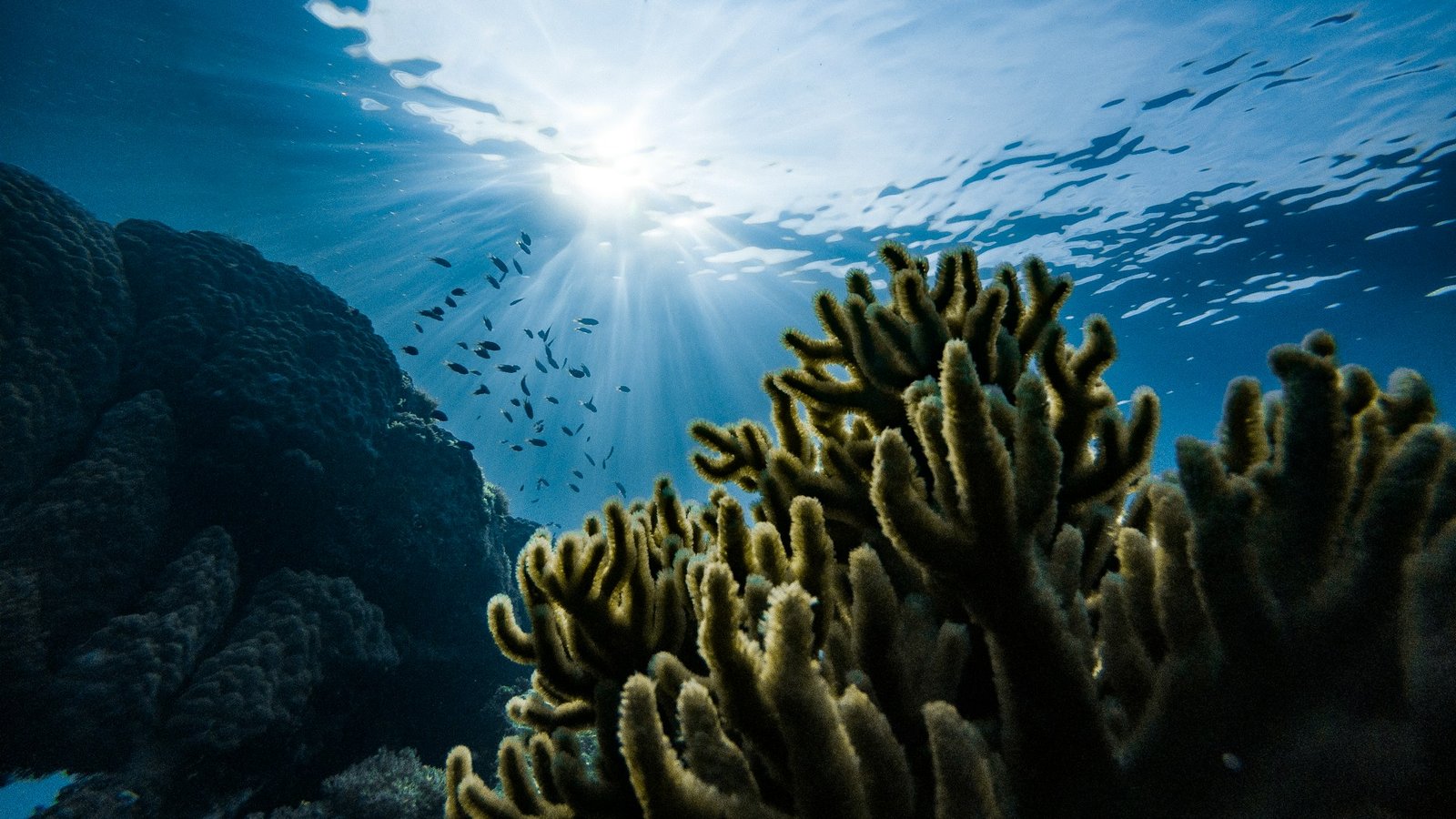Marine protected areas are essential tools in preserving ocean health. How marine protected areas work involves balancing conservation with sustainable use to protect habitats, species, and human livelihoods. These zones range from no-take reserves to sustainable fishing areas. Their effectiveness depends on careful planning, enforcement, and community support.
In this article, we’ll explore how marine protected areas function, their benefits, challenges, and examples of success. Understanding these zones helps us appreciate their role in safeguarding marine ecosystems and supporting long-term ecological balance.
What Defines a Marine Protected Area?

A marine protected area, often called an MPA, is a designated region of the ocean where human activities are regulated to achieve conservation goals. Protection levels vary widely depending on objectives, from strict no-take zones to multiple-use areas that allow sustainable fishing.
MPAs are established by governments, indigenous communities, or international bodies. Zoning within MPAs may include buffer zones, core sanctuaries, and areas for research or recreation, all tailored to local needs and ecological priorities.
The Conservation Goals of MPAs

The primary aim of marine protected areas is to conserve biodiversity and ecosystem resilience. By restricting activities that damage habitats or overexploit species, MPAs provide a refuge for marine life to recover and thrive.
Long-term protection can also safeguard genetic diversity and rare species. Healthy MPAs act as breeding and nursery grounds, helping replenish populations in surrounding waters through spillover effects.
Restoring Fish Populations

One of the most measurable outcomes of well-designed marine protected areas is the recovery of fish stocks. When fishing is paused or regulated, populations of mature, breeding individuals can increase dramatically.
As fish populations grow, they often expand into adjacent zones, boosting catches for local fishers. MPAs help maintain sustainable fisheries by ensuring a stable source of adult fish and protecting critical life stages like spawning.
Protecting Critical Habitats

Marine ecosystems rely on vital habitats such as coral reefs, seagrass beds, mangroves, and kelp forests. These areas provide food, shelter, and breeding sites for countless species.
Marine protected areas help preserve these essential environments. In doing so, MPAs maintain ecosystem services like carbon sequestration, water filtration, and coastal protection, benefits that extend to human communities.
Zoning and Management Plans

Zoning is a key feature of successful MPAs. Managers may designate high-priority zones for strict protection, buffer zones that permit limited activities, and other areas for research or tourism.
Effective zoning requires scientific assessments of habitats, species, and human use. Management plans are then formulated with local stakeholders to align ecological goals with economic and cultural needs.
Enforcement and Compliance

For marine protected areas to succeed, rules must be enforced. Enforcement may involve patrolling, surveillance, community watch programs, and imposing penalties for violations.
Engaging local communities in monitoring builds trust and improves compliance. In many regions, community-driven MPAs have proven effective thanks to shared stewardship and accountability.
The Role of Monitoring and Research

Scientific monitoring is integral to understanding how marine protected areas work. Researchers track metrics such as fish biomass, coral health, and species richness over time.
Data-driven assessments help managers adapt protection measures as conditions change. Monitoring also provides evidence of benefits, improving public support and guiding future policy.
Economic and Social Benefits

Well-managed marine protected areas can benefit coastal economies. Recovered fish stocks support local fisheries, while pristine habitats attract ecotourism and recreation.
MPAs also build resilience to climate impacts, protecting shorelines from storm surges and erosion. Involving communities in decision-making ensures that conservation and economic needs are balanced and culturally relevant.
Global Examples of Effective MPAs

Around the world, several marine protected areas demonstrate how marine protected areas work in practice. The Great Barrier Reef Marine Park in Australia has zoning rules that protect over one-third of the reef as no-take areas.
Papahānaumokuākea Marine National Monument in the United States protects a massive expanse of the North Pacific with stringent no-extraction policies. The Marine Life Protection Act in California offers a network of reserves that helps restore local fisheries and marine habitats.
Challenges Facing Marine Protected Areas

Despite their benefits, marine protected areas face challenges. Illegal fishing remains a threat where enforcement is weak, and climate change can degrade habitats within MPAs.
Conflicts may arise between conservation priorities and local livelihoods. Balanced management, ongoing dialogue with stakeholders, and long-term funding are crucial for overcoming these challenges and ensuring MPAs succeed.
Scaling Up for Global Impact

To fully realize their benefits, marine protected areas need to be expanded. The United Nations calls for protecting at least 30 percent of oceans by 2030.
Networks of connected MPAs, both at national and international levels, are essential. Healthy ocean seascapes require protection at ecosystem scales, coordinated across countries and regions.
How You Can Support MPAs

Supporting marine protected areas starts with awareness. Learn about MPAs in your region, volunteer with conservation groups, and advocate for increased ocean protection.
Choosing sustainable seafood and reducing plastic use also supports healthy marine ecosystems. Whether through activism or responsible tourism, individuals play a key role in helping marine protected areas work effectively.
Final Thoughts

Understanding how marine protected areas work reveals their essential role in conserving ocean life. By protecting habitats, replenishing fish stocks, and balancing human use with ecological health, MPAs serve as pillars of marine conservation. Their long-term success depends on thoughtful design, strong enforcement, scientific monitoring, and community engagement.
As ocean threats grow, expanding and supporting marine protected areas becomes more urgent than ever. Continue exploring related topics, such as shark conservation and seabird protection, to discover how interconnected ocean systems all benefit from strong and effective marine protected areas.

